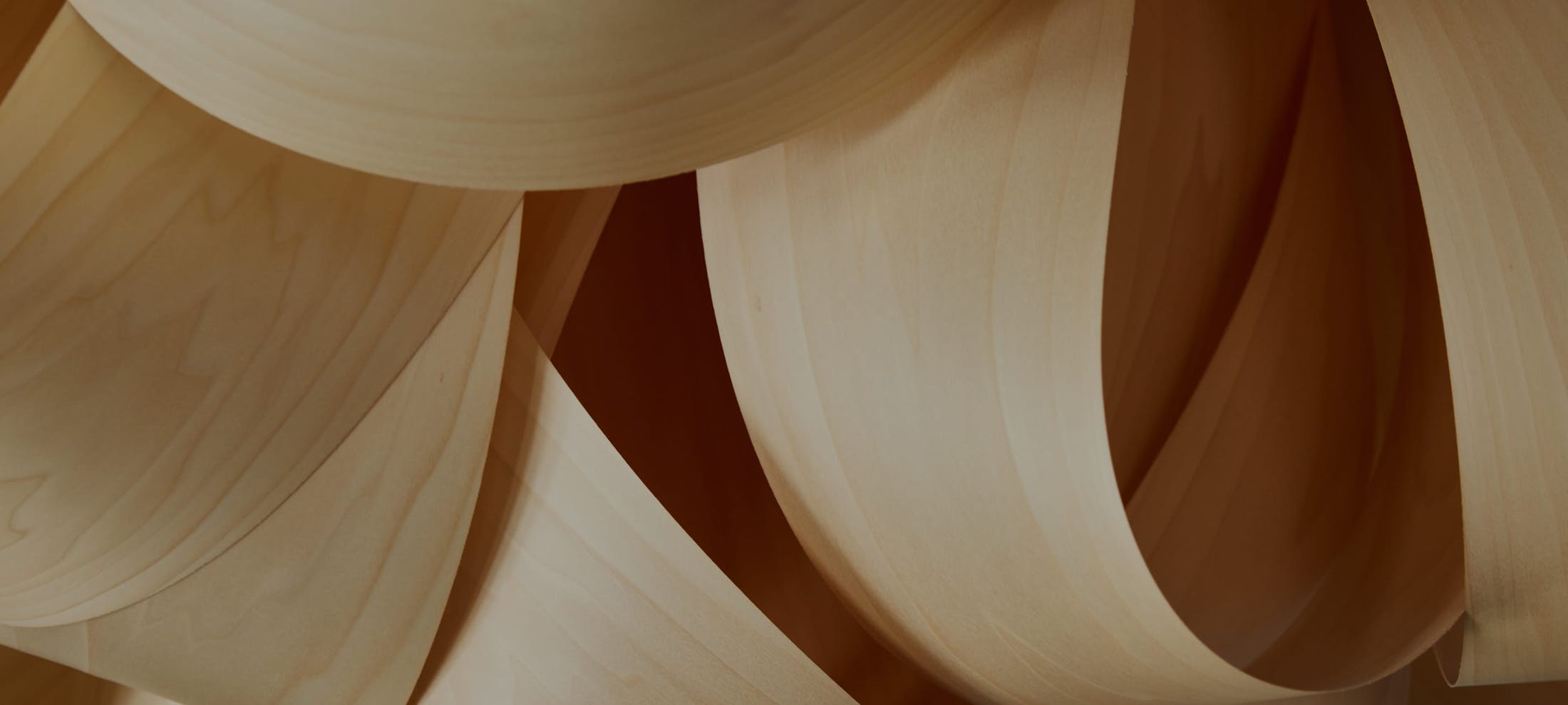We are leaders in breast enhancement, body sculpting, and facial cosmetic surgery, serving the entire San Francisco Bay area. Whether you live in the Bay Area or are coming in from out of town, we’re happy to answer any questions you may have on your path to your new self. Schedule an intro call with us today to take the first step towards realizing the look you’ve always wanted for yourself.





Risks of Developing a Capsular Contracture?
I'm considering getting breast implants and a breast lift. Who can develop this problem after breast augmentation procedure? I had my rhinoplasty done 4 months ago. The tip is refines and shortened. The tip is still swollen and hard because of scar tissue--really stiff. My plastic surgeon said that it will take a year for tip swelling to go down and show results. I'm wondering if I'll devolp the same hard scar tissue after breast augmentation too that might cause rupture of breast or requring another surgery to remove the hardened tissue? Your help is appreciated in advance.
Capsular contracture after breast augmentation
Thanks for the question. The short answer is the scar tissue from your rhinoplasty is unlikely to be related to your risk for capsular contracture and anyone can get capsular contracture after breast augmentation. It is not completely clear what causes capsular contracture. Capsular contracture can occur as soon as 4 weeks after breast augmentation surgery. A capsule forms around any foreign body placed within the human body - this is a normal occurence and all breast implants have capsules around them shortly after surgery. The capsule is made of the following: The capsular contractures can be identified as to a scaling from mild to very severe. The classis scale used by Board Certified Plastic Surgeons is the Baker classification. * Baker I capsule is a soft breast without significant scar tissue. * Baker II capsular contracture is a palpable scar tissue around the implant; however, not visible. * Baker III capsular contracture is associated with visible and palpable hardening, leading to a deformed shape to the breast. * Baker IV capsular contracture, most severe, is associated with hardening, palpable, visible and often a cold, hard breast that is very painful to even mild palpation. Usually people with Grade I or II implants don't even notice the capsule. Most surgeons agree there are things that predispose people to severe capsular contracture. These include: infection or contamination of the implantsbleeding around the implantprevious capsular contracture problemsrupture of silicone implants (typically the older styles) In our San Francisco area practice we use techniques to significantly reduce the chance of our patients having these problems. We have also utilized techniques (like the placement of acellular dermal matrixes) to help patients who have had significant capsular contracture and have been referred for treatment by their original surgeon. I hope this helps.

